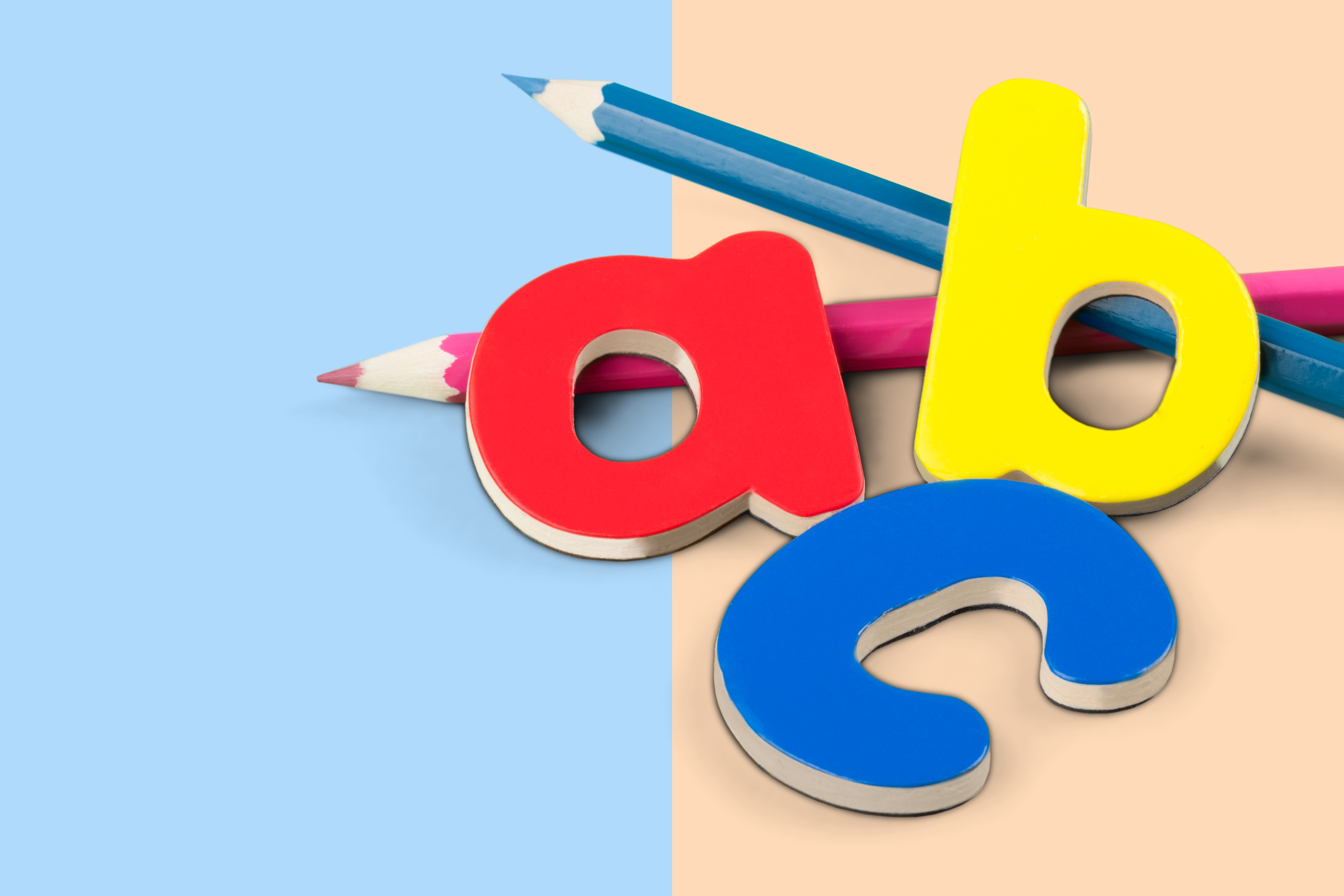Submitted on 27 June, 2025
Learning to decode is one of the first major steps on a child’s journey to literacy. These early phonics skills help students unlock the words on a page, setting the stage for fluent reading and confident comprehension down the road. To make sure no child falls behind, we must use phonics assessment tools that monitor progress and guide instruction from the very beginning.  Assessment isn’t just for report cards — it’s a critical part of teaching phonics well. A good phonics assessment helps teachers:
Assessment isn’t just for report cards — it’s a critical part of teaching phonics well. A good phonics assessment helps teachers:
Characteristics of Effective Phonics Programs
Strong phonics programs share a few key characteristics. They are:- Explicit – Clearly teach sound-letter relationships.
- Systematic – Follow a logical sequence that builds skills over time.
- Cumulative – Continually reinforce and review previous learning.
Phonics Assessments That Guide Instruction
 Assessment isn’t just for report cards — it’s a critical part of teaching phonics well. A good phonics assessment helps teachers:
Assessment isn’t just for report cards — it’s a critical part of teaching phonics well. A good phonics assessment helps teachers:
- Identify students’ current skill levels
- Pinpoint gaps in phonemic awareness or decoding
- Group students for small-group instruction
- Monitor progress over time
Activities That Reinforce Sound-Letter Connections
Practice makes progress! To help phonics skills stick, students need engaging, skill-based repetition. Try using phonics activities that:- Pair visuals with sounds
- Include tactile components like typing or dragging letters
- Reinforce high-frequency words
- Allow independent or small-group work
Intervention Strategies for Struggling Learners
Not every student will master decoding on the first try. That’s where thoughtful phonics intervention comes in. Effective intervention strategies:- Provide more time on foundational skills
- Use multi-sensory approaches
- Focus on high-utility words and sound patterns
- Offer one-on-one or small-group instruction
Conclusion: Build Reading Success with Consistent Phonics Instruction
Phonics isn’t just an early literacy checkbox — it’s the building block of fluent reading and comprehension. By using explicit, systematic programs and pairing them with regular phonics assessment, you can ensure every student gets the support they need. Essential Skills provides phonics programs for elementary schools that include diagnostic tools, engaging phonics activities, and built-in support for phonics intervention. These teacher-developed programs align with Science of Reading principles and support student success from day one.🧠 AI Tools for Teachers: Make It Practical!
Use the prompts below with your favorite AI assistant (like ChatGPT) to plan lessons, create activities, or personalize instruction:- 🔎 Prompt 1: Generate a list of multi-sensory phonics activities to teach short vowel sounds to kindergarten students.
- 📊 Prompt 2: Create a phonics assessment for first graders to evaluate CVC word decoding skills, including scoring criteria.
- 🧩 Prompt 3: Suggest targeted intervention strategies for students who struggle to identify beginning consonant sounds.